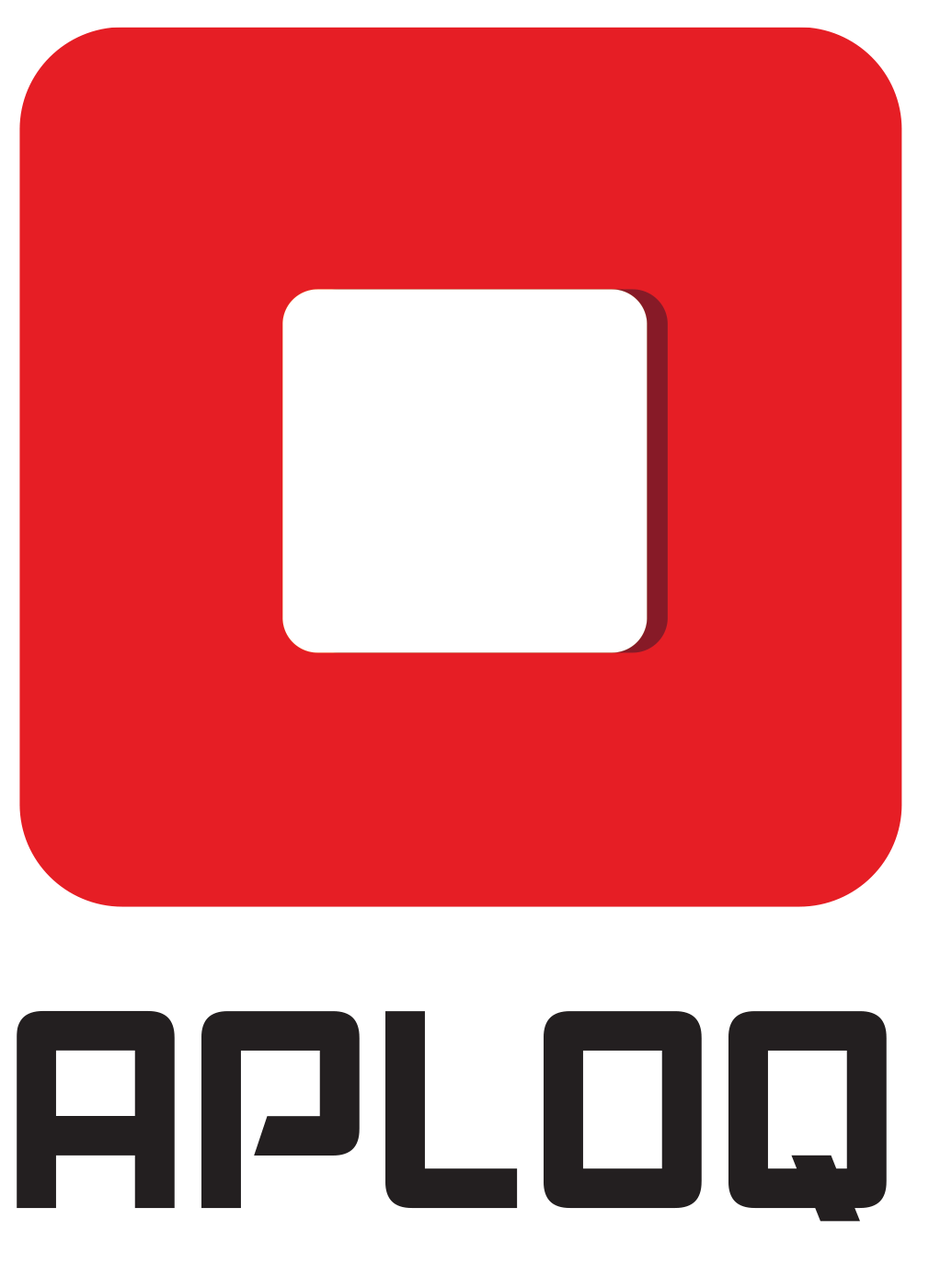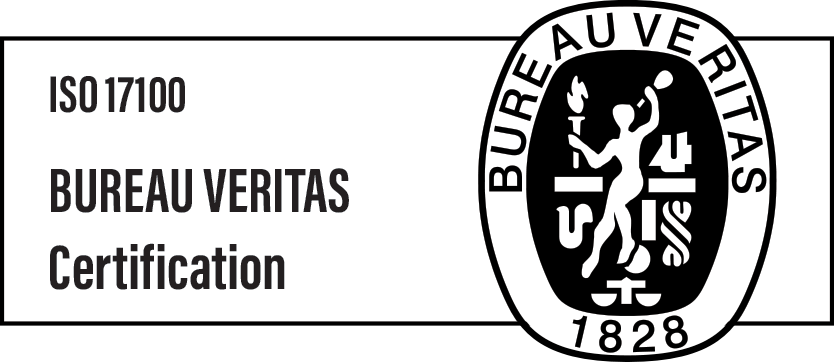The vital role of medical translation in global health

The vital role of medical translation in global health
Medical translation is probably the most important branch of this industry. Thanks to accurate and quick medical translations, thousands of lives can be saved, and there’s no exaggeration in this statement. Thanks to advanced technologies, such as artificial intelligence and machine learning, we can translate medical content quickly and into many languages, thus bridging potential linguistic gaps.
In this article, we want to show you how important it is to have an accurate medical translation in the global health sector. We will also tackle the impact of the latest technological advancements, particularly artificial intelligence (AI) and machine learning (ML), on this essential field.
The importance of accurate medical translations
We talked a lot about this question in our last article about medical translations. Effective multilingual communication in healthcare is crucial for:
- Patients’ safety (and frequently life, too)
- Successful treatment outcomes
- Correct diagnoses
- And the overall well-being of patients around the world
Consider a simple scenario – there is a patient who went on a trip to China. While in China, they started to feel very bad and ended up in a hospital. The hospital gave them the necessary treatment and sent them home along with the medical documentation, all in Mandarin. After returning to the United States, the patient starts to feel the same symptoms as before. It would be extremely helpful for American physicians to get this patient’s documentation from China, right? Of course, in order to be helpful, such documentation would have to be translated into English. In this case, the speed of translation is of the essence.
In a globalised healthcare landscape, where patients and doctors speak different languages, accurate medical translation is indispensable for conveying medical information, instructions, and patient documentation.
Moreover, accurate medical translation is essential in the dissemination of medical research findings, drug labels, and healthcare policies to ensure that both HCPs (healthcare professionals) and the public alike have access to precise medical/pharmaceutical information.
Of course, there is also the other side of the coin. You cannot just put medical records in Google Translate. This tool was not prepared to do medical translations on its own, and misinterpretations or errors in medical translation can have serious consequences, leading to incorrect diagnoses, inappropriate treatments, and, in the worst-case scenario, death.
And this is where we tackle one of the primary challenges in medical translation – the specialised terminology and technical language that’s common all across the healthcare industry. Translators must not only be proficient in both the source and target language but also possess a deep understanding of medical concepts, procedures, and terminology. That’s why medical experience is extremely helpful in this field.
A bit earlier, we mentioned that automatic translation tools are not enough when it comes to medical translation. But the truth is that AI and ML can vitally support translators working on medical documents. Let’s see how.
AI, ML and other technological advancements in medical translation
As language technology continues to advance, the field of medical translation has seen remarkable developments. Two of the most noteworthy contributors to this evolution are artificial intelligence (AI) and machine learning. These technologies are revolutionising the way medical content is translated by significantly speeding up the translator’s work.
AI-powered translation tools have significantly streamlined the translation process. These tools utilise vast medical datasets and neural networks to translate content quickly while maintaining a high level of accuracy. While they may not replace human translators entirely, they serve as invaluable aids in handling large volumes of medical information.
We want to show you two such tools.
SYSTRAN
It’s one of the oldest machine translations out there. Systran has an extensive database of languages and medical terms, allowing healthcare translators to do their job much faster while maintaining accuracy. Systran works in 55 languages and is HIPAA-compliant, making it a valid support for doctors and other HCPs. Companies like AstraZeneca and Pfizer use this tool for their translation needs.

Source: https://www.systran.us/en-us/industries/healthcare
CARE TO TRANSLATE
It’s a digital medical translator/interpreter for situations when there is no human interpreter available. Care to Translate makes it possible for healthcare professionals and patients to communicate and discuss diagnoses and possible treatments, regardless of language (the app operates in 45 languages!). It’s extremely useful in situations similar to the one we described above. When a patient lands in a hospital in a different country, they can use this app to understand the doctors, even if they communicate in a different language.

Source: https://www.caretotranslate.com/
LLMs
Those (and other) apps use not just AI but also LLMs – large language models. These are vast repositories of texts containing medical terms along with their usage in real life. ChatGPT and all the other advanced virtual assistants use such models to conduct meaningful conversations with users. In the near future, we will most likely see specialised language models trained in medical terminology. They will significantly enhance the precision and speed of medical translation. In fact, this is possible even today – earlier this year, ChatGPT achieved 60% accuracy on the US Medical Licensing Exam! This fact only confirms that LLMs can be very helpful in medical translation.
These large language models are often developed using machine learning algorithms, and they can understand context-specific medical language and generate accurate translations. This customisation minimises the risk of misinterpretations and ensures that the translated content is natural and accurate.
QUALITY ASSURANCE
We frequently say that machine translation needs to be verified by a human translator, but the truth is that machine learning algorithms are more and more often being employed to enhance the quality assurance process in medical translations. These algorithms can analyse and compare translations against their databases, thus identifying potential errors and inconsistencies. This ensures that the final translated content meets the highest standards of accuracy and reliability.
What can we expect in the (near) future?
As AI and related technologies continue to advance, we can expect to see more AI-powered smart translation and interpreting tools. Integrating AI and machine learning into translation workflows not only improves efficiency but also enhances the overall quality of the final text. However, we must state this very clearly – when human life is at stake, technology should complement, not fully replace, the expertise of human translators. However, advanced medical translation tools will surely make the work more effective, accurate and quick.
Undoubtedly, accurate medical translation is an indispensable component of the global health sector, ensuring that medical information flows seamlessly across different languages. The integration of AI and machine learning into medical translation processes is a huge step forward, improving the accessibility and accuracy of medical information worldwide.
Work with us to get accurate medical translations
Medical translation is where the Aploq team shines. Our translators are experienced and often have medical backgrounds. We also utilise advanced tools that make our work effective and accurate. When needed, we consult with actual physicians to ensure the texts you receive from us are of the highest quality.
If you’d like to get more information, please reach out to our team. We’re happy to tell you something more about our processes.

